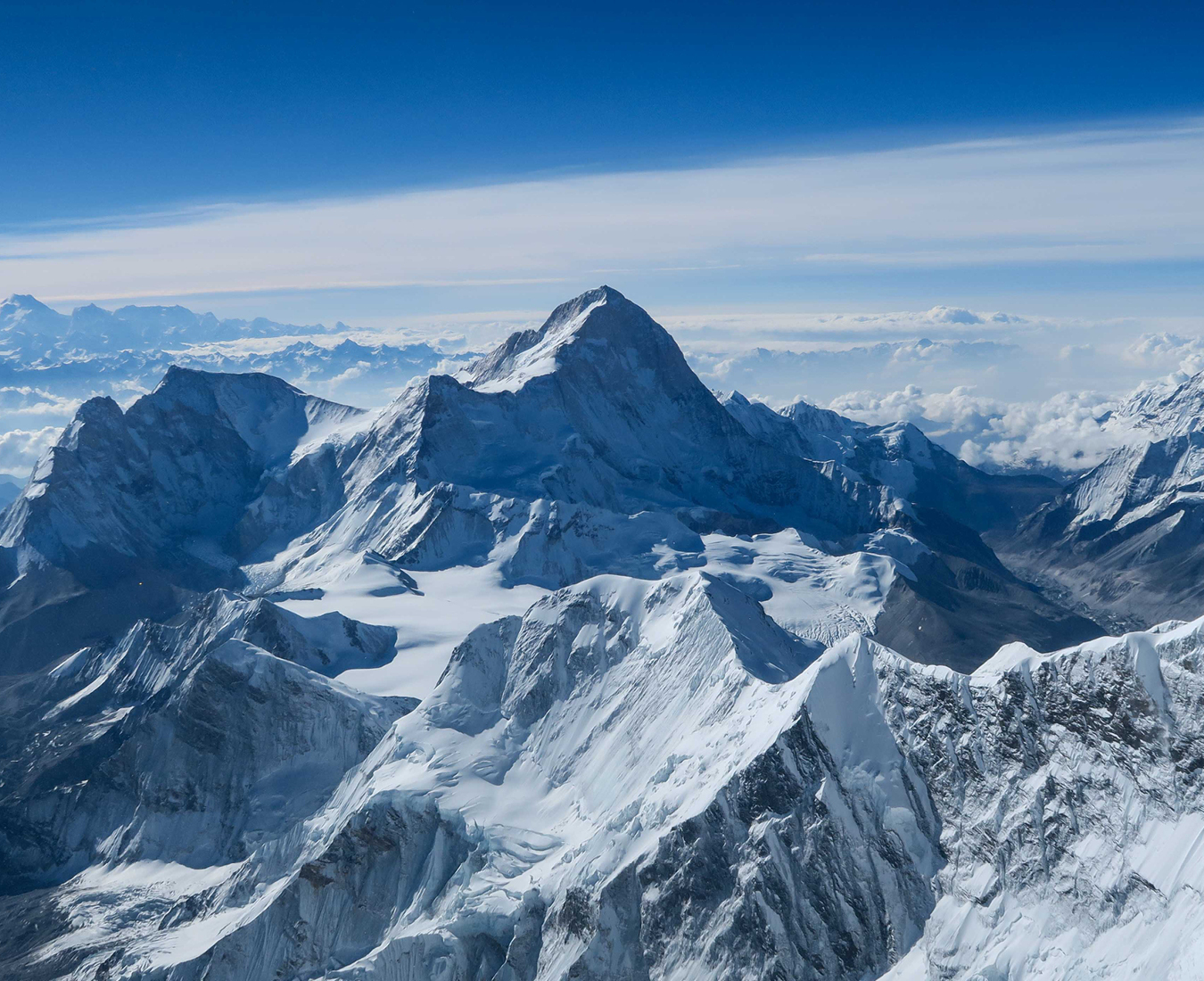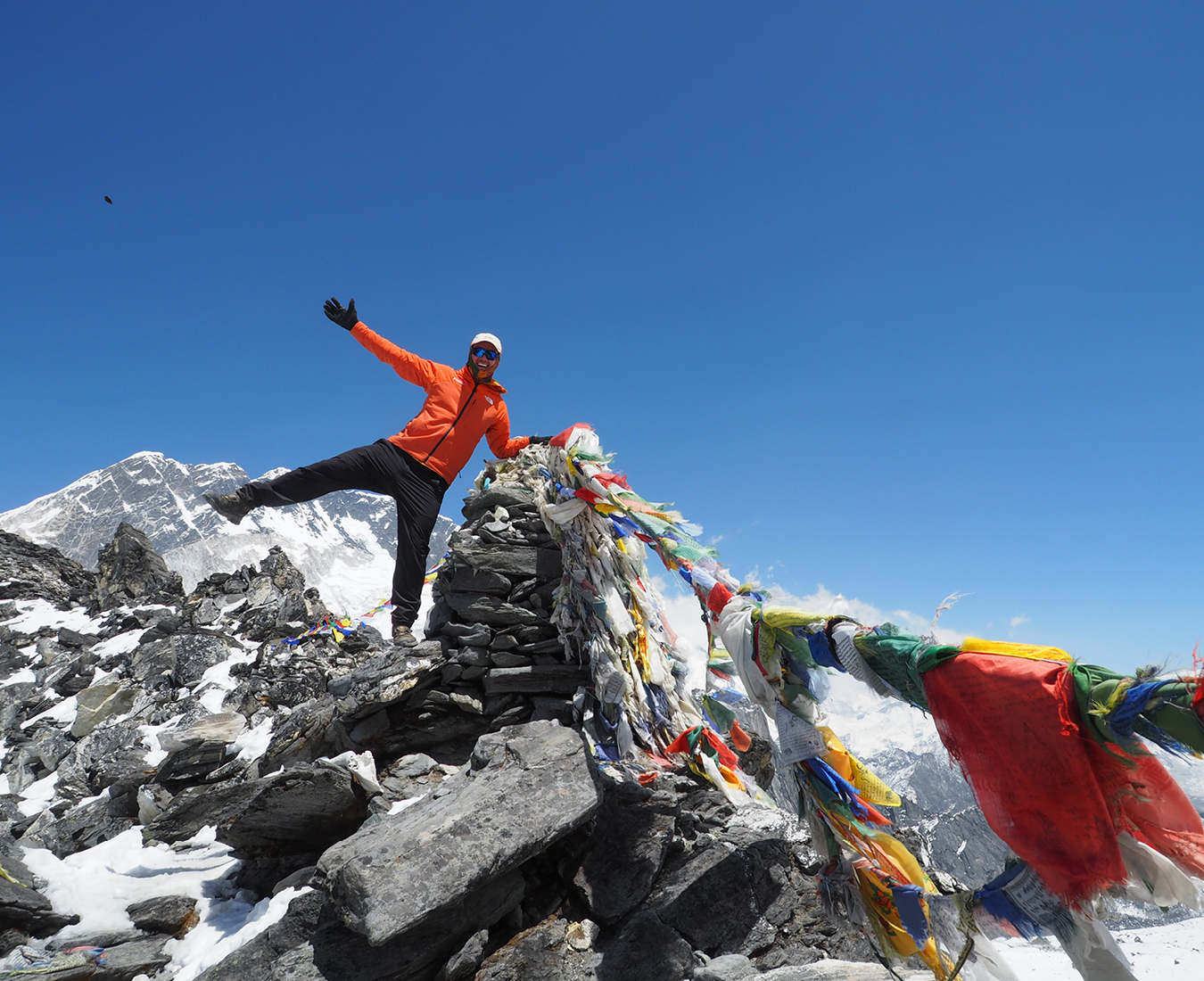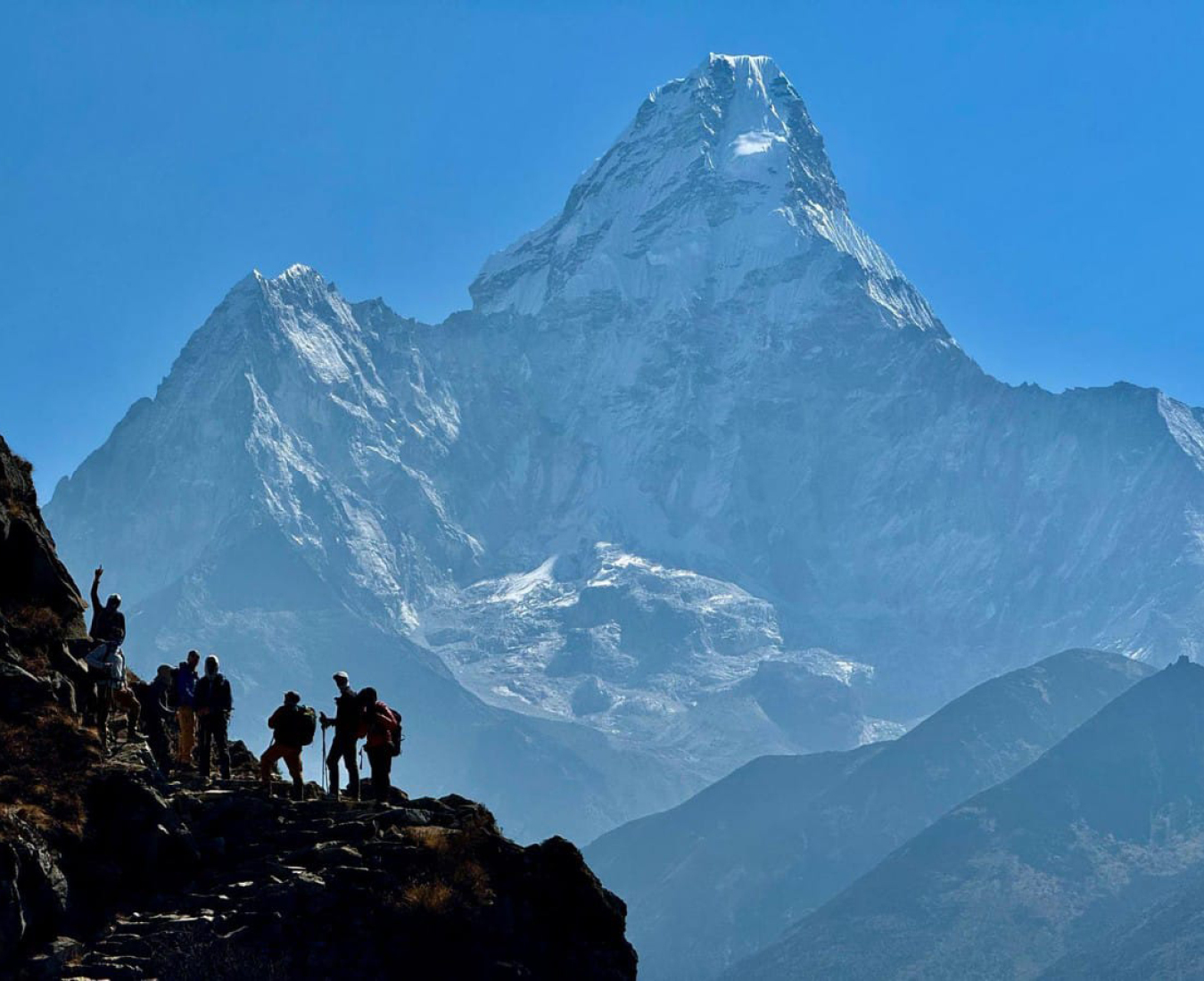An essential ingredient for participants is physical fortitude for working hard in a cold-weather environment, hence each member must be extremely strong and healthy. Team members will haul sleds weighing (initially) around 75kg/165lb of provisions as well as both personal and group equipment. Each day will be long and arduous, and all team members must possess sufficient strength and fitness to be able to contribute to establishing camp, putting up tents, and cook meals after a hard day. This can only be achieved with considerable and focused physical preparation.
Each day will be an adventure as we navigate over pressure ridges, search for routes around open leads of water, and set camp on multi-year pans of ice as we live and travel on the polar pack ice.
We all owe it to ourselves to express our true spirit of adventure, now you can achieve it on this amazing journey!
The North Pole is the 'test piece' of polar expeditions and a serious undertaking. Surrounded by sea ice and in total darkness for half the year, the North Pole is attainable only during a short window of time. If too early, darkness and extremely cold temperatures prevail. If too late, the frozen Arctic Ocean melts into drifting pack ice enshrouded by water.
Expedition members will be required to tow a laden sled and be an active contributor to camp setting and cooking procedures making for a very physical adventure.
- Polar travel in the steps of the early explorers
- Incredible experience in the wildest frontier
- Complete one of the most extreme journeys on this planet
Polar Experience
Polar Experience
Advanced
Elevation
Elevation
Sea Level
Duration
Duration
60 days
Location
Location
Arctic
| Meet in Resolute Bay, Canada. Transfer from airport to hotel. Evening orientation and welcome reception. Gear check and team briefing |
Team training outside Resolute Bay
| Charter flight to Eureka weather station and then on to Ward Hunt Island |
Depart Ward Hunt Island onto the pack ice. Begin skiing towards North Pole
Ski across the dynamic pack ice of the Arctic Ocean towards the North Pole
Upon reaching the North Pole you'll have time to celebrate this monumental achievement! Helicopter from North Pole to Borneo Ice Station
| Fly via charter air to Longyearbyen, Norway |
| Breakfast at Longyearbyen Lodge. Depart for flights home |
Departures and Pricing
| Start/End | Departing from | Quantity | Pricing | Notes | Book |
|---|
Looking for a specific date? Book a private expedition
PREPARE
Team members must be conversant in winter camping skills which includes putting up tents and camping in the snow and cooking with lightweight mountain stoves. Team members must have a full awareness of their personal parameters in extreme environments such as their food intake and hydration needs, thermo-regulation and avoidance of cold-weather-injury. Team members must have previous polar travel experience or have completed a polar travel course with a focus on arctic survival and travel skills such as crossing thin ice and open leads of water.
Team members must have previous polar travel experience and have completed a polar travel course.
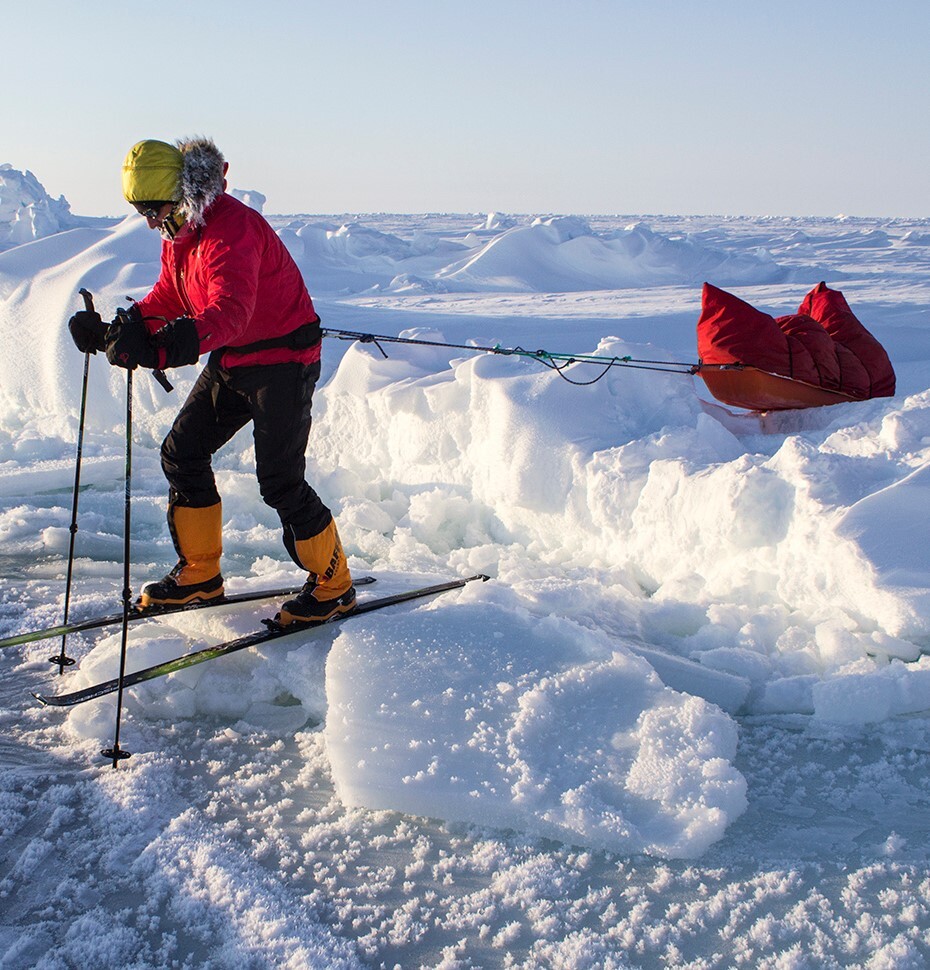
Adventure Consultants is renowned for the quality of its service and strategy applied to polar journeys and high altitude expedition climbing. Our reputation is attributed to meticulous planning and experienced logistics coordination. We have a philosophy of investing in every expedition to offer our climbers the best possible chance of success.
We employ strong and specialised Expedition leaders and support staff, who are some of the most pre-eminent in the industry. We pride ourselves on operating with small teams, the best back-up and support available. This includes nutritious and ample quantities of food, reliable communications systems and the necessary medical back up.
Many of our expedition members come to us because they have seen us in action on a previous trip and decide to opt for our level of service and proven experience. Others return because they know we do our very best to make expeditions safe and successful.
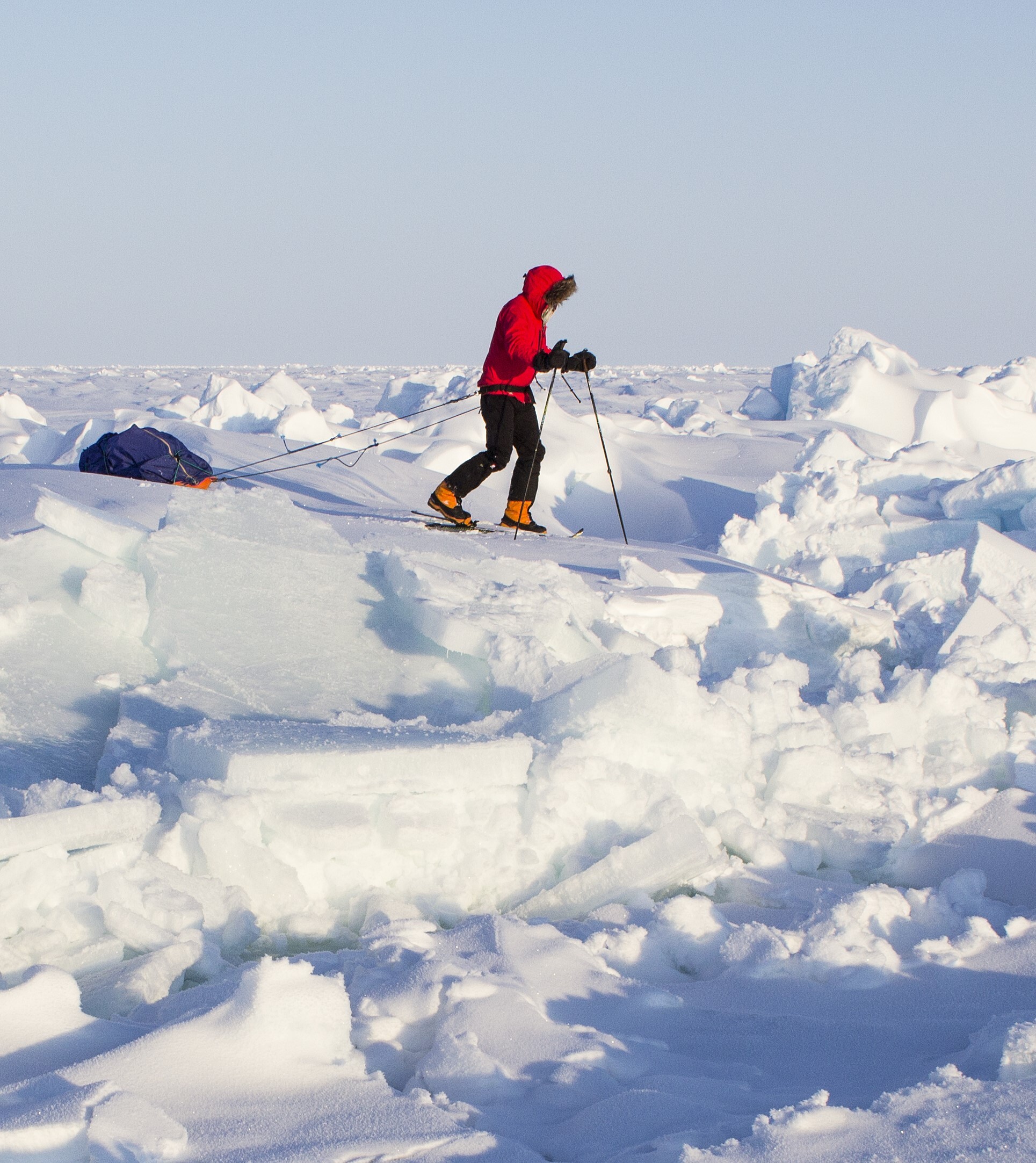
The price of your trip includes the following:
- Adventure Consultants polar guide(s)
- All expedition organisational requirements
- Polar Training
- Advice on personal clothing & equipment
- Transfer from Resolute airport to hotel
- All chartered air transportation from Resolute and return
- Sleds, Tents & all group camping gear
- All food while on the ice
- Regular written and photo internet dispatches for families and friends to watch your progress
- Access to our satellite phone facilities.











